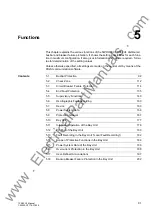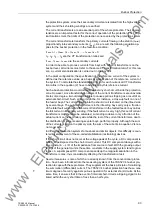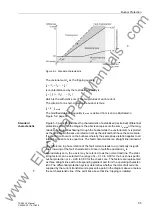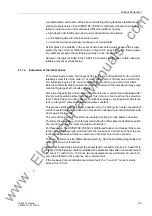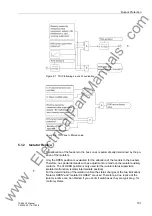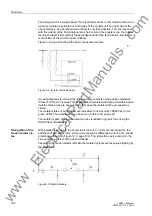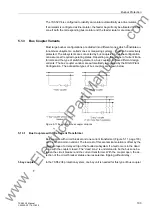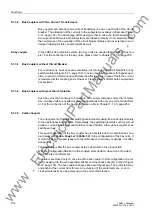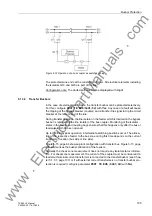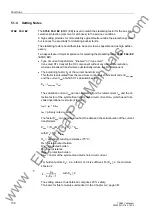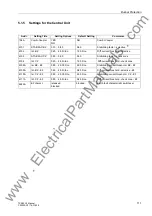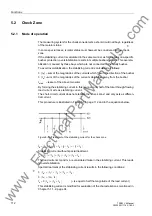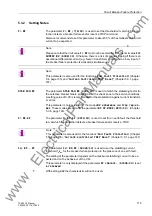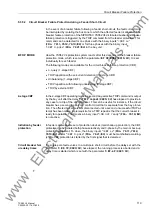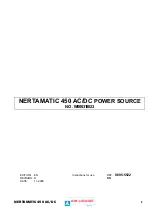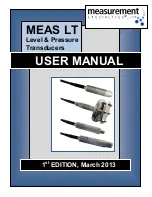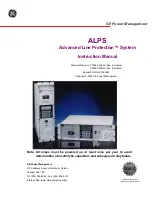
Functions
104
7SS52 V4 Manual
C53000-G1176-C182-3
5.1.3.2
Bus Couplers with Two Current Transformers
Bus couplers can also have two current transformers, one on each side of the circuit
breaker. The allocation of the currents to the subsystems overlaps in that case (Figure
5-11, page 103). The advantage of this design is that in case of a fault between the
two current transformers both subsystems are tripped promptly, if not selectively. With
the coupler open, the evaluation of the circuit breaker status ensures selective and un-
delayed tripping for this coupler variant as well.
2-bay coupler
In the 7SS52 V4 protection system, two bay units are needed for this type of bus cou-
pler. For the connection of the bay units, please refer to
5.1.3.3
Bus Couplers without Circuit Breaker
For cost reasons, bus zones are sometimes not connected by circuit breakers but by
switch-isolators (Figure 5-11, page 103), in case of auxiliary busbars for bypass oper-
ation. In order to determine nevertheless the affected zone in case of fault, the current
is measured at the coupling point. However, tripping always affects both coupled bus-
bar sections.
5.1.3.4
Bus Couplers with more than 5 Isolators
Each bay unit can handle up to 5 isolators. If a coupler comprises more than 5 isola-
tors, two bay units are needed even in configurations with only one current transform-
er. For the connection of the bay units, please refer to Chapter 7.1.3.3, page 259.
5.1.3.5
Combi-Coupler
The arrangement of the different switchgear elements is usally free and subject mainly
to the operational requirements. Sporadically, the switching elements such as curcuit
breaker, current transformer and isolator are used doubly, either as bus coupler or as
switchgear bay.
This special operation of the bus coupler bay is possible due to a combined bus cou-
pler parameter
Combi-Coupler
(
XX06A/CU
) in the configuration of the bay units. It
is valid for all bus coupler types with circuit breakers. In two-bay couplings, it is effec-
tive per bay.
The presetting is
No
, the bus coupler acts as described in the introduction.
With the configuration
Yes
and in the coupled state (isolator closed on both sides),
there are also no differences.
If isolators are closed only on one side of the bus coupler in this configuration, the cur-
rent is assigned to the corresponding busbar and the check zone (Q1 or Q2 at Figure
5-12, page 105). The bus coupler behaves like a switchgear bay. The protected zone
ends behind the current transformer. An extension of the protected zone or an in-
creased selectivity can be achieved via the end fault protection.
www
. com


